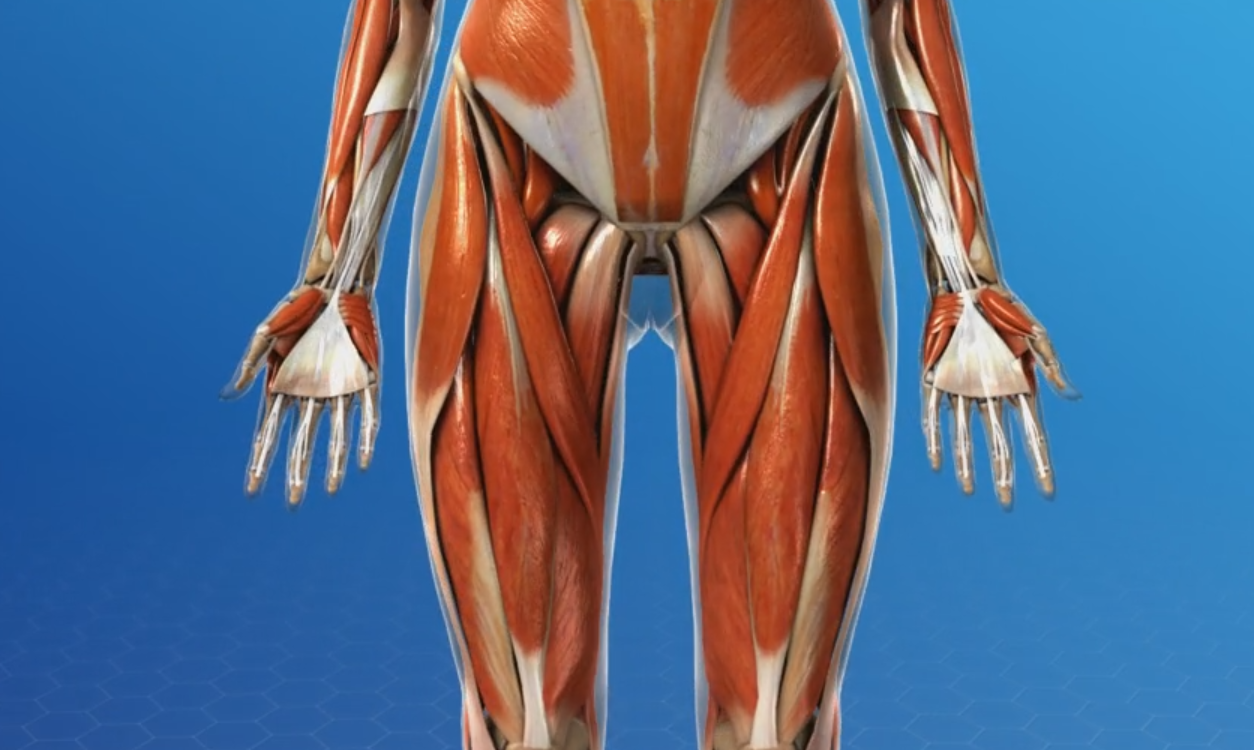You hear about hip flexor muscles, and you know they need to be stretched, and you know they can hurt sometimes. But do you really know what the hip flexors do and how important they are?
What are Hip Flexors?

Hip flexors are located on the front top part of your thigh in the pelvic area. It is because of the hip flexors that you can flex your hips and bend your knees to your hips. They are important to keep the posterior pelvic muscles in balance.
The hip flexors are a group of muscles, the iliacus, psoas major muscles (also called the iliopsoas), and the rectus femoris, which is a part of your quadriceps. The quadriceps runs down from your hip joint to your knee joint.
Every time you take a step, you are using your hip flexor muscles. Sitting too long or all day shortens and tightens these muscles. Short muscles do not generate as much power as lengthened muscles. When you go to activate these muscles, they might resist or not work as they should.
Sitting all day, especially with habitually poor posture, can cause a condition called hyperlordosis. This condition is also called swayback or saddleback and happens when the inward curve of your spine in the lower back is exaggerated
This condition is more common than you might think in those with jobs that require a lot of sitting like computer programmers, office workers, and anyone who finds themselves at a desk for hours each day.
Injuries
While sitting is not good for the hip flexors, you can also injure them while being physically active. A hip flexor injury can occur because of overstretching and overuse, which can limit your movement.
You can strain or get a tear in these muscles with activities like soccer, football, dancing, martial arts, and bicycling. The symptoms of a strain include:
- A sharp pain in the hip or pelvic area
- Cramping in upper leg muscles
- Stiffness or tightness after sitting
- A tugging sensation in the upper groin
- Difficulty jumping, sprinting, or kicking
- Tenderness or pain when walking up the stairs
Poor posture, walking habits, general overuse, and sometimes arthritis can also cause pain in the hip flexors.
Stretching to Help the Hip Flexors
Having a strong core is one way to strengthen hip flexors along with practicing good posture. Stretching these muscles will also increase their length and help prevent injury.
Dynamic stretching, or stretching in motion is a good way to lengthen and strengthen these muscle groups. A single leg squat is a good example of a dynamic stretch to help the hip flexors. Other stretches include:
- Seated butterfly stretch
- Pigeon pose
- Bridges
- Floor-sliding mountain climbers
- Skater squats
- Hip flexions
And make sure, if you do sit all day, make it a habit to get up once in awhile and walk around.
Call POSMC today!
To schedule an appointment with one our specialists, contact our scheduling department at 972-250-5700 or request an appointment online.
POSMC is a full-service medical facility specializing in the evaluation and treatment of orthopedic injuries. The practice is led by a group of 12 board-certified and fellowship-trained orthopedic surgeons and a physical medicine and rehabilitation physician. Contact us today!
